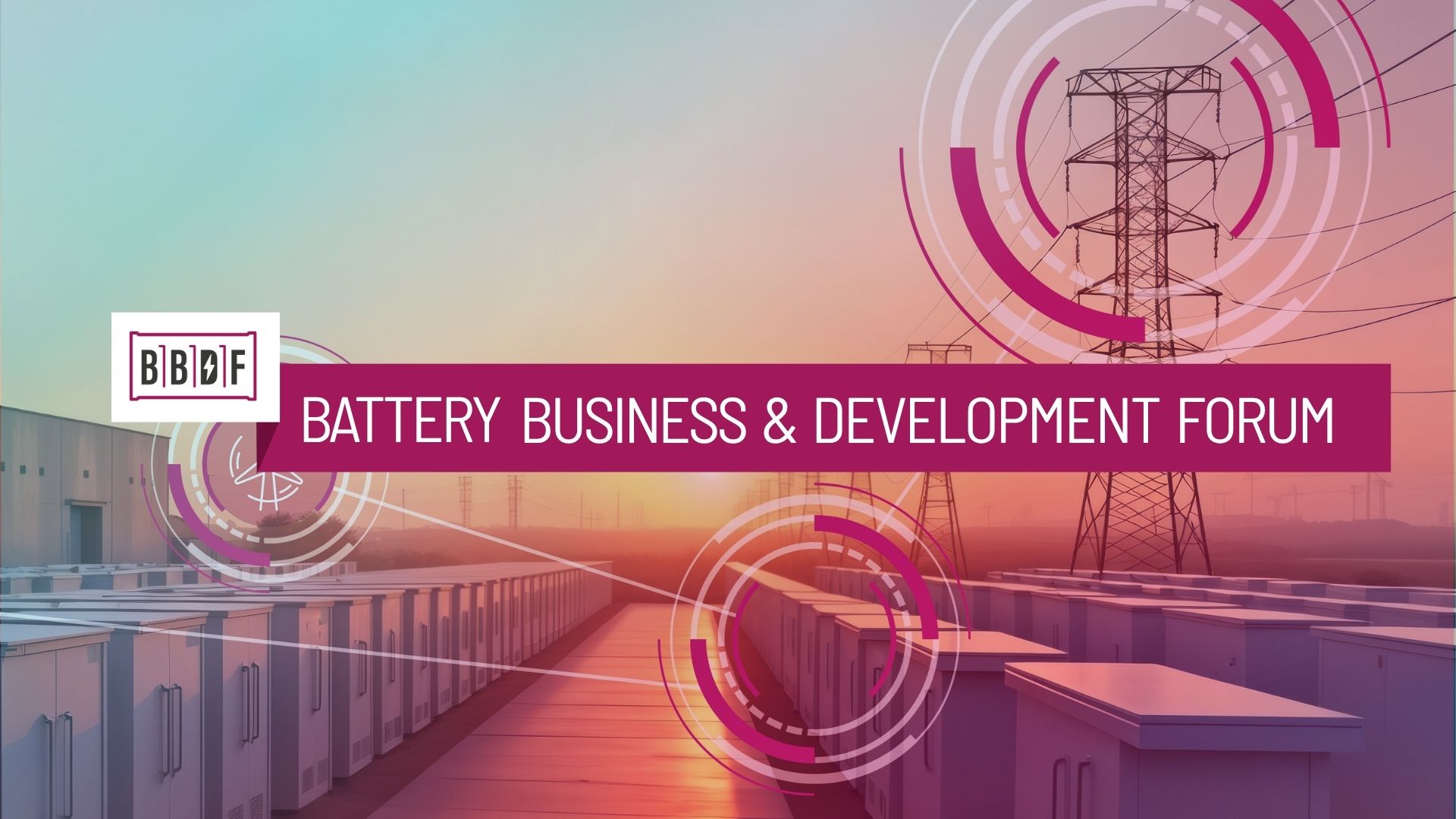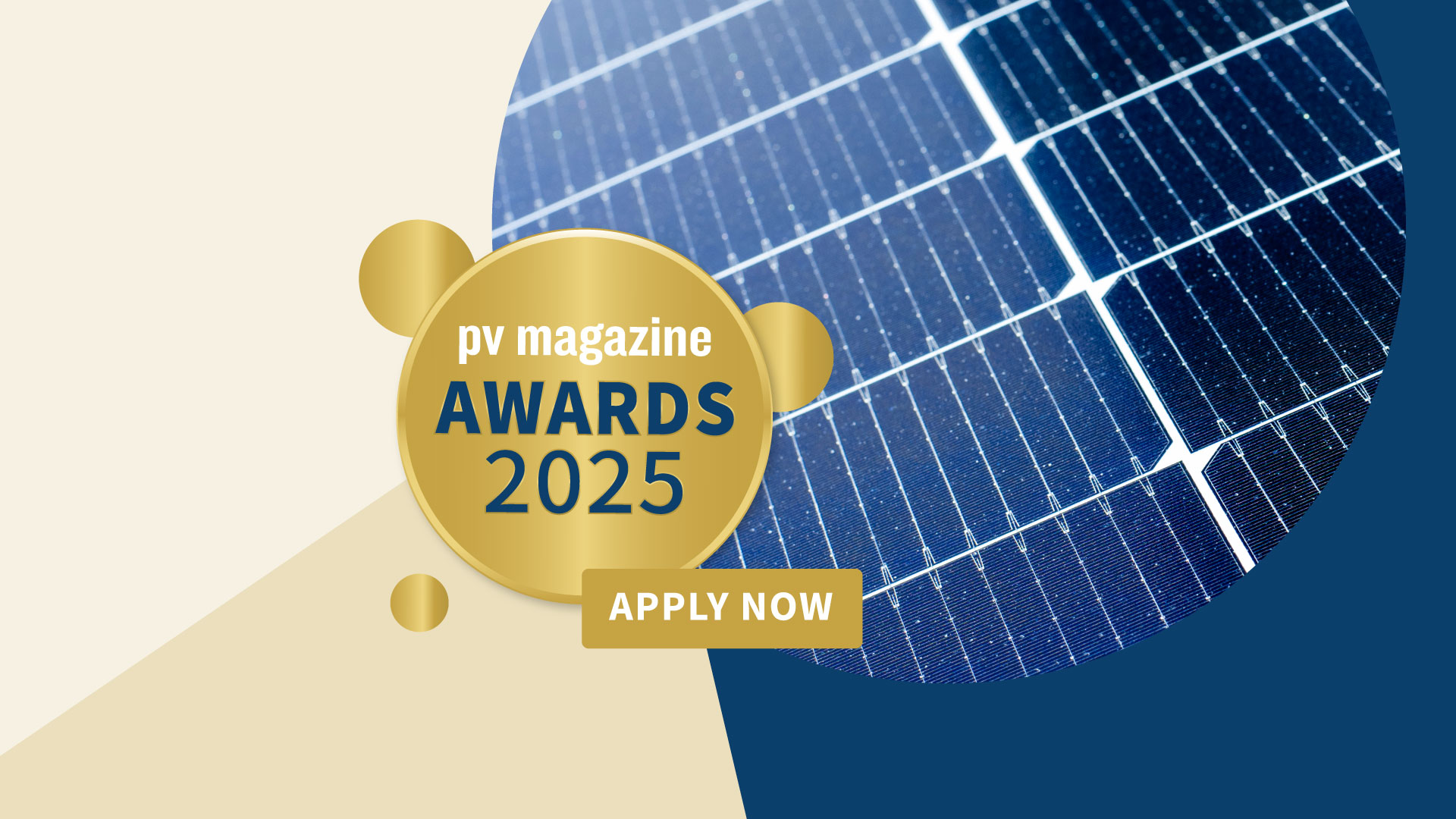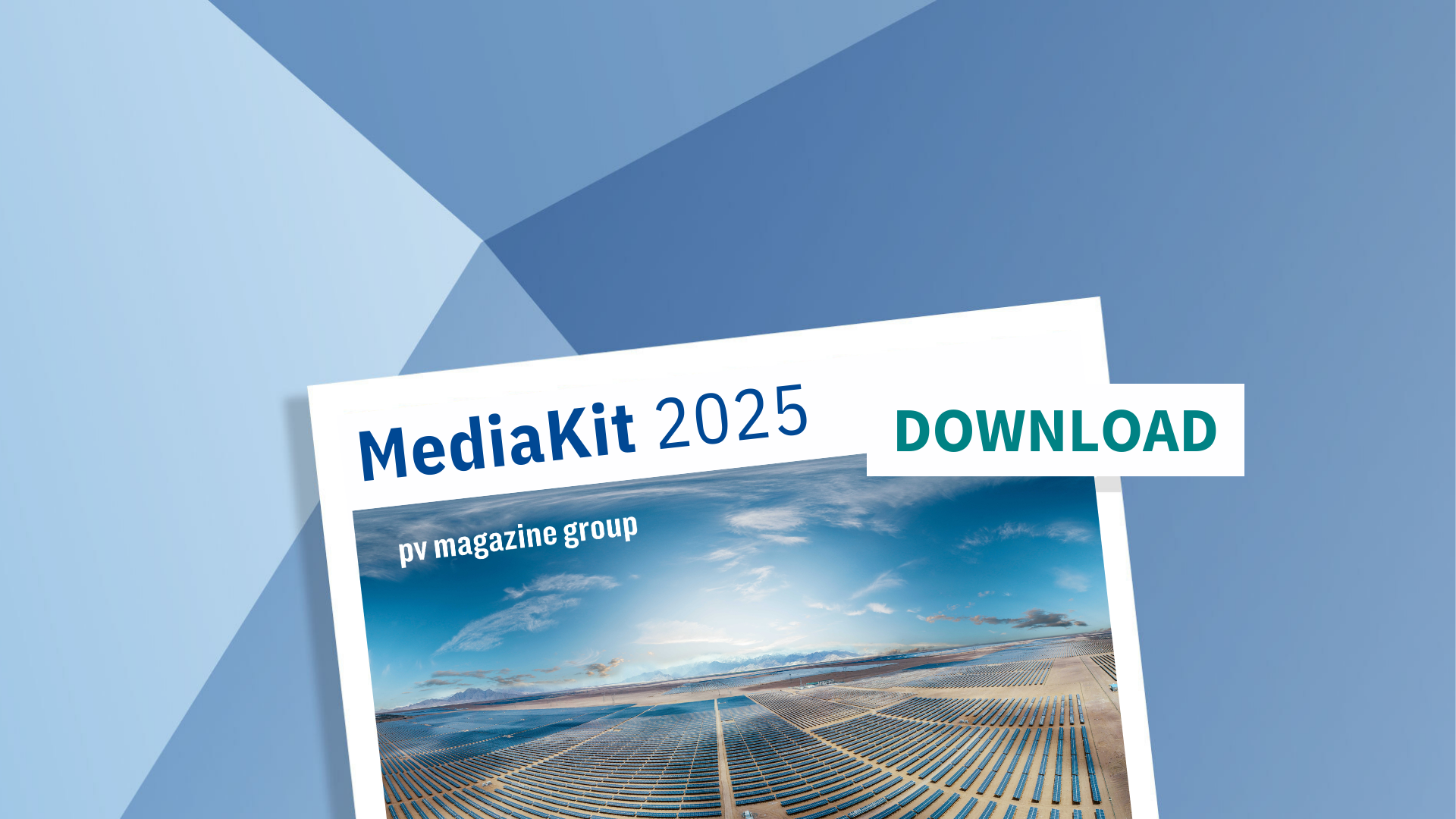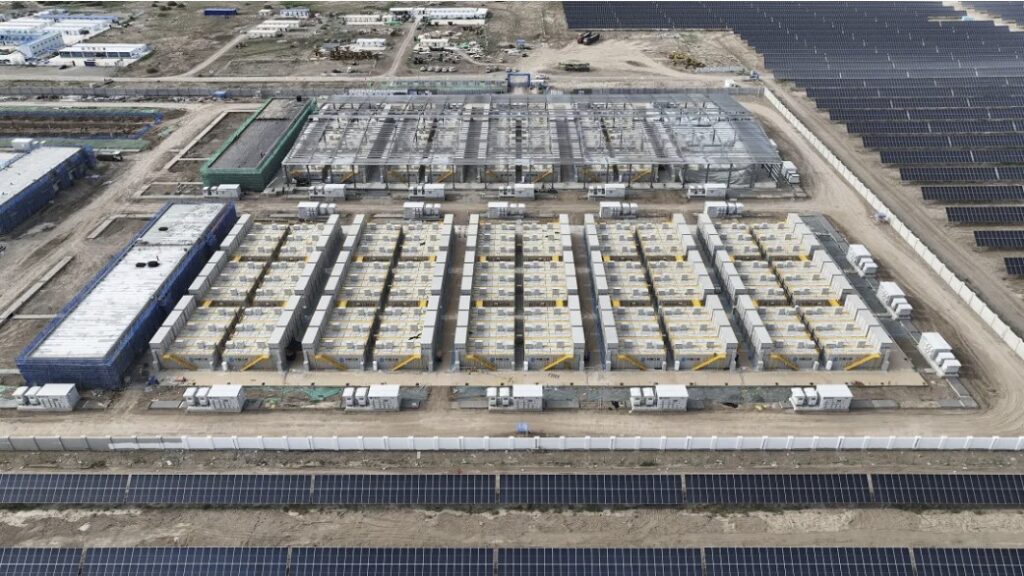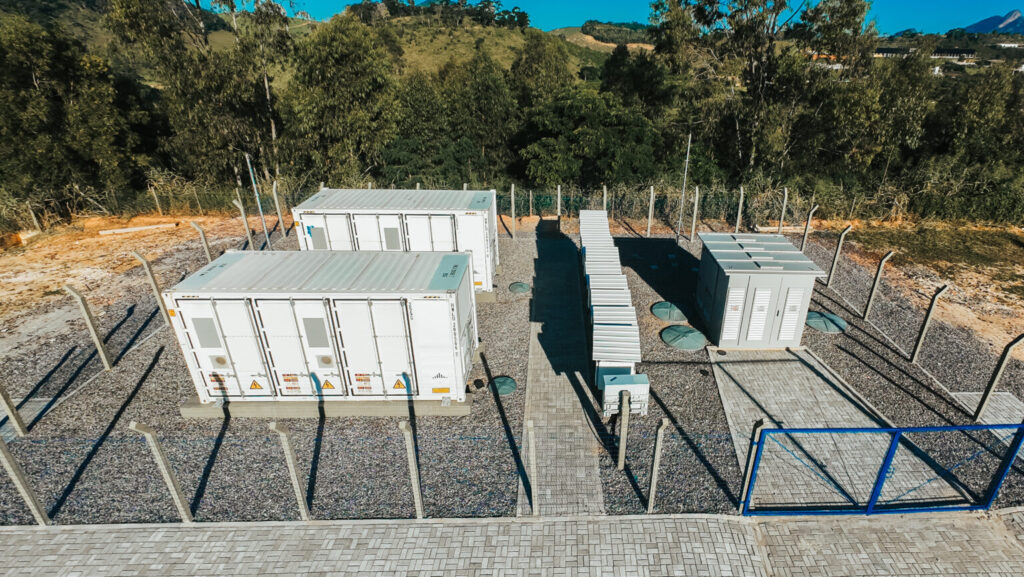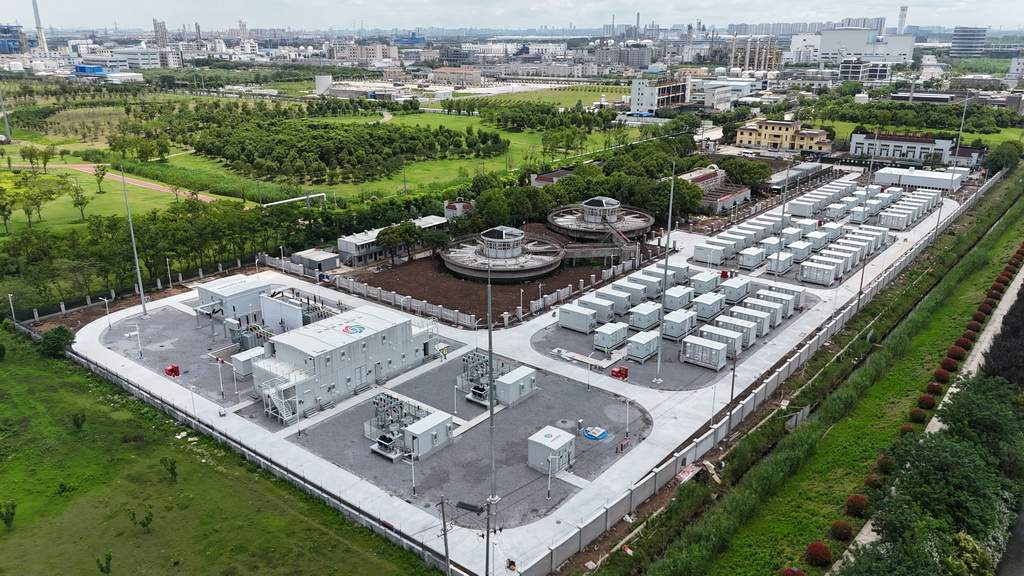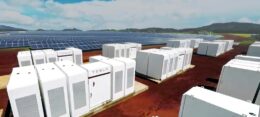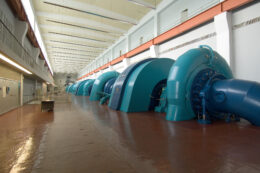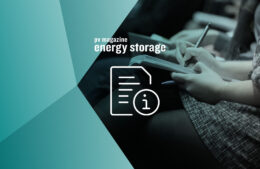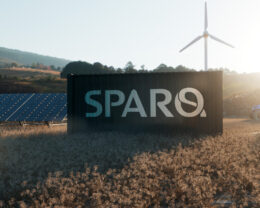Global battery market glut: Will oversupply benefit India’s 1 GW/4 GWh ESS tender process?
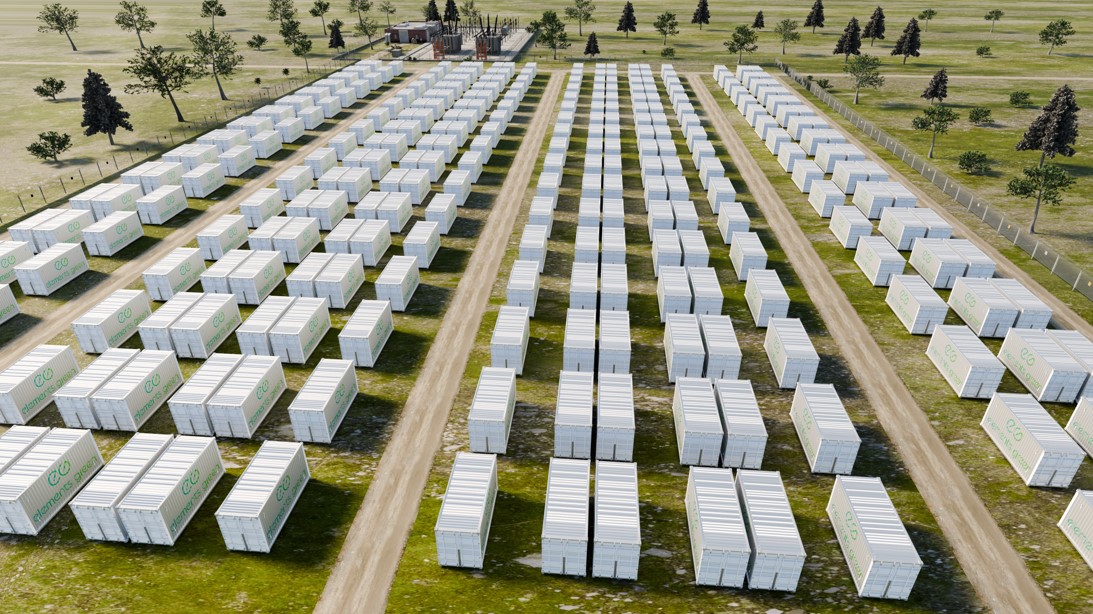
In the fast-paced world of battery manufacturing, a storm is brewing. As demand for battery-electric vehicles (EVs) and energy storage systems rises, it fails to keep pace with the skyrocketing global supply of batteries. The result? A precarious situation where battery manufacturers, especially those in China and South Korea, are grappling with razor-thin margins and an uncertain future.
A stark example of this crisis is the dramatic decline in battery cell manufacturing margins in China, which plummeted to an estimated 18% in March from an average of 46% throughout 2023. This sharp drop is attributed to an oversupply of lithium iron phosphate (LFP) cells, with prices remaining stubbornly higher than production costs.
The global capacity for battery production, now a staggering 4.2 terawatt-hours (TWh), far exceeds the anticipated global battery demand of 1.2 TWh for both EVs and energy storage in 2024. This surplus has led manufacturers to lower prices, selling at reduced margins to avoid inventory build-up, a move that many fear could lead to industry-wide bankruptcies within the next two years, based on a belief that lower prices cannot spur enough demand to absorb this oversupply. What’s more, this overcapacity is likely to haunt the industry throughout this decade, if most announced factories come online as planned.
With the US imposing increased duties on Chinese batteries and EVs, European markets have emerged as a critical battleground. However, even here, the landscape is fraught with challenges. While Chinese battery giants like CATL and SVolt are expanding their presence in Europe, opening factories in countries like France, Spain, Hungary, and Germany, European manufacturers face an uphill battle. Companies like Northvolt and Automotive Cells Company (ACC) have reported significant financial losses and delayed expansion plans, raising concerns about Europe’s ability to compete globally.
In an attempt to stay afloat, European manufacturers are exploring next-generation technologies, such as sodium-ion and its LFP’s manganese-containing derivative LMFP (lithium manganese iron phosphate) batteries, hoping to carve out a niche in a market dominated by Chinese LFP cells. However, the path forward is unclear, with the slowdown in the EV market and the cooling of the residential battery storage boom, which was driven by the energy crisis in 2022, in Europe, adding to the uncertainty.
The situation is equally dire for energy storage providers, who have seen a decline in revenues due to falling battery prices. Companies like Alfen, an EU-based energy storage provider, and France-based NHOA have reported significant drops in earnings, with growth projections for 2024 looking bleak compared to previous years. This downturn is forcing manufacturers to seek new markets and demand for their products, with regions like Sub-Saharan Africa, Turkey, Australia, and Canada emerging as potential new frontiers.
India’s massive tenders
Meanwhile, India presents a unique opportunity amid the global turmoil. As part of its ambitious renewable energy goals, India has been unveiling new battery energy storage system (BESS) tenders through various government agencies, including the Solar Energy Corp. of India (SECI) and NTPC. These initiatives aim to bolster India’s energy infrastructure, integrating more renewable energy into the grid and stabilizing the power supply. With the country’s increasing focus on sustainable energy solutions, these tenders could significantly boost demand for batteries, providing a lifeline to global manufacturers grappling with oversupply issues.
India’s strategic positioning as a key player in the global energy market, coupled with its burgeoning demand for energy storage, offers a promising avenue for battery manufacturers. However, the competition remains fierce, with Chinese and South Korean companies eyeing this lucrative market. The success of these tenders and India’s ability to secure competitive battery prices will be crucial in determining the country’s role in the global battery landscape.
India’s SECI has unveiled one of the world’s largest solar + energy storage system (ESS) tenders. This ambitious project, with a capacity of 2 GW solar and 1 GW/4 GWh ESS, represents a significant milestone for India’s renewable energy sector. The tender is notable not only for its scale but also for its innovative design, including a minimum bid quantity of 50 MW and provisions for both part commissioning and early commissioning at incentivized tariffs. SECI’s approach, under the build-own-operate (BOO) model, allows developers to use the ESS for other applications during off-peak hours and offers flexibility in sourcing energy from the market to meet tender conditions.
The global battery glut is likely to influence the price discovery of this tender. The excess supply of batteries has led to falling prices and increased competition, potentially driving down the cost of components in the SECI tender. This competitive environment could result in lower than expected tariffs, as seen in SECI’s previous solar with ESS tender, which achieved a competitive price of INR 3.41/kWh. Manufacturers facing an oversupply crisis may be willing to accept lower margins to secure contracts, making this tender a critical opportunity to absorb excess capacity.
As a result, SECI’s tender could benefit from record-low prices for the solar + ESS components, aiding India’s push towards renewable energy. However, this situation also presents challenges for manufacturers operating on thin margins, who may face financial strain despite securing contracts. The outcome of SECI’s tender will not only shape India’s renewable energy landscape but could also have broader implications for the global battery market, setting a benchmark for future large-scale renewable projects. The unfolding events will be a critical watchpoint for industry stakeholders, as they navigate a market beset by volatility and fierce competition.
About the author: Ali Imran Naqvi is Executive Director of Gensol Engineering Ltd, a major EPC in India.
From pv magazine India


